Different Ways to Keep Your Hose Bibs from FreezingDifferent Ways to Keep Your Hose Bibs from Freezing
Winter can be tough on outdoor plumbing, especially your hose bibs. When temperatures drop, any water left in your outdoor faucets can freeze, expand, and potentially cause costly damage to your pipes. But the good news? There are simple and effective ways to prevent this from happening.
Whether it’s insulating your hose bibs, draining water properly, or upgrading to frost-free models, a few proactive steps can save you from major headaches when the cold weather rolls in. Protect your outdoor faucets and your wallet with these practical tips to keep your hose bibs safe from freezing.
1. Disconnect and Drain Your Hoses
One of the simplest yet most effective measures you can take is disconnecting and draining your garden hoses. A connected hose traps water, which can freeze and create pressure within the pipe, leading to cracks or bursts.
Steps to Follow
- Detach all garden hoses from your outdoor spigots.
- Drain each hose thoroughly to remove all water.
- Turn off the water supply to your outdoor spigot, typically found inside your home or basement.
- Open the hose bib to let out any remaining water in the line.
By ensuring there’s no trapped water, you significantly reduce the chances of freezing. This step is a quick and easy way to winterize your outdoor plumbing.
2. Invest in Frost-Free Hose Bibs
For a more permanent solution, upgrading to frost-free hose bibs is a wise choice. These spigots are specifically designed to prevent freezing by keeping the water shut off further back inside your home, where it’s warmer.
Benefits of Frost-Free Hose Bibs
- Protection against freezing temperatures.
- Reduced risk of pipe bursts and water damage.
- Long-term peace of mind.
Frost-free hose bibs are a one-time investment that can save you from the recurring hassle of winterizing your spigots every year. Professional installation is recommended to ensure proper setup and functionality.
3. Install Hose Bib Covers
Hose bib covers, or faucet covers, are an inexpensive and straightforward way to insulate your outdoor spigots. These covers are designed to trap heat and block out cold air, offering an added layer of protection during freezing temperatures.
How to Use Hose Bib Covers
- Purchase a hose bib cover from your local hardware store or online.
- Place the cover securely over your spigot.
- Tighten it in place using the included strap or fastener.
For additional insulation, you can wrap the faucet with foam pipe insulation or an old towel before attaching the cover. These covers are affordable, reusable, and an excellent choice for homeowners seeking a simple solution.
4. Insulate Outdoor Pipes
Insulating the pipes connected to your hose bibs is another effective way to prevent freezing. Pipe insulation helps retain heat and blocks the cold from penetrating your plumbing.
Steps to Insulate Pipes
- Purchase foam pipe insulation sleeves that fit your pipe size.
- Wrap the insulation around the pipes, covering them completely.
- Secure the insulation with tape or zip ties.
In addition to insulation, inspect the area around your outdoor spigots for any gaps or cracks in the exterior wall. Cold air entering through these openings can increase the risk of freezing. Seal these areas with caulk or expanding foam to keep the chill out and the warmth in.
If you notice any gaps or cracks near the spigot or pipes, seal them with caulk or spray foam insulation. This extra step not only protects your pipes but also prevents drafts, improving your home’s overall energy efficiency.
5. Use Heat Tape or Heating Cables
Heat tape or heating cables provide direct warmth to your hose bibs and connected pipes, keeping them from freezing in extreme temperatures.
How Heat Tape Works
- Wrap the tape around the exposed pipes and hose bibs.
- Plug the tape into an outlet to activate the heating element.
- Monitor the tape to ensure it’s functioning correctly and not overheating.
Heat tape is particularly useful in regions with prolonged freezing conditions. However, always follow the manufacturer’s instructions for safe use and maintenance.
6. Shut Off the Water and Drain the Line
For maximum protection, shutting off the water supply to outdoor spigots is a reliable method. Once the supply is turned off, drain the water line completely to prevent any leftover water from freezing.
Steps to Shut Off and Drain
- Locate the shut-off valve for your outdoor plumbing (usually inside your home or basement).
- Turn off the valve to stop water flow to the spigot.
- Open the outdoor faucet to release any trapped water.
- Leave the faucet open to ensure no residual water remains.
This method ensures your hose bib is fully protected, even during the harshest winter conditions.
7. Install a Spigot Freeze Protection System
If you want the ultimate defense against freezing, consider installing a spigot freeze protection system. These systems use advanced technology to monitor and regulate the temperature around your spigot, activating heating elements as needed.
Key Features:
- Automatic temperature monitoring.
- Reliable freeze prevention for extreme climates.
- Minimal maintenance required.
While this option may be more expensive, it offers the highest level of convenience and protection, especially for homeowners in colder regions.
8. Routine Maintenance and Inspection
Preventing freezing isn’t just a one-time task; regular maintenance is key to ensuring your hose bibs remain in good condition.
Checklist for Maintenance
- Inspect your hose bibs and pipes for leaks or cracks before the winter season.
- Ensure all insulation materials are securely in place.
- Check that frost-free spigots or heat tape are functioning correctly.
- Monitor for signs of freezing during extreme cold snaps.
Taking time to inspect and maintain your outdoor plumbing can save you from unexpected issues when temperatures drop.
Keep the Freeze Out: Protect Your Hose Bibs with These Expert Tips!
Keeping your hose bibs from freezing doesn’t have to be a complicated process. Whether it’s disconnecting hoses, adding insulation, or investing in frost-free spigots, these methods can help protect your outdoor plumbing during the winter months. By taking proactive measures, you’ll avoid costly repairs, maintain your home’s plumbing integrity, and enjoy peace of mind all season long.
At United Water Restoration Group of Charlotte, we know how frustrating and damaging frozen pipes can be. If winter weather catches you off guard and causes water damage, our team is here to help. We specialize in water damage restoration and offer expert services to get your home back to normal quickly. Don’t let winter freeze you out—reach out to us for support whenever you need it!
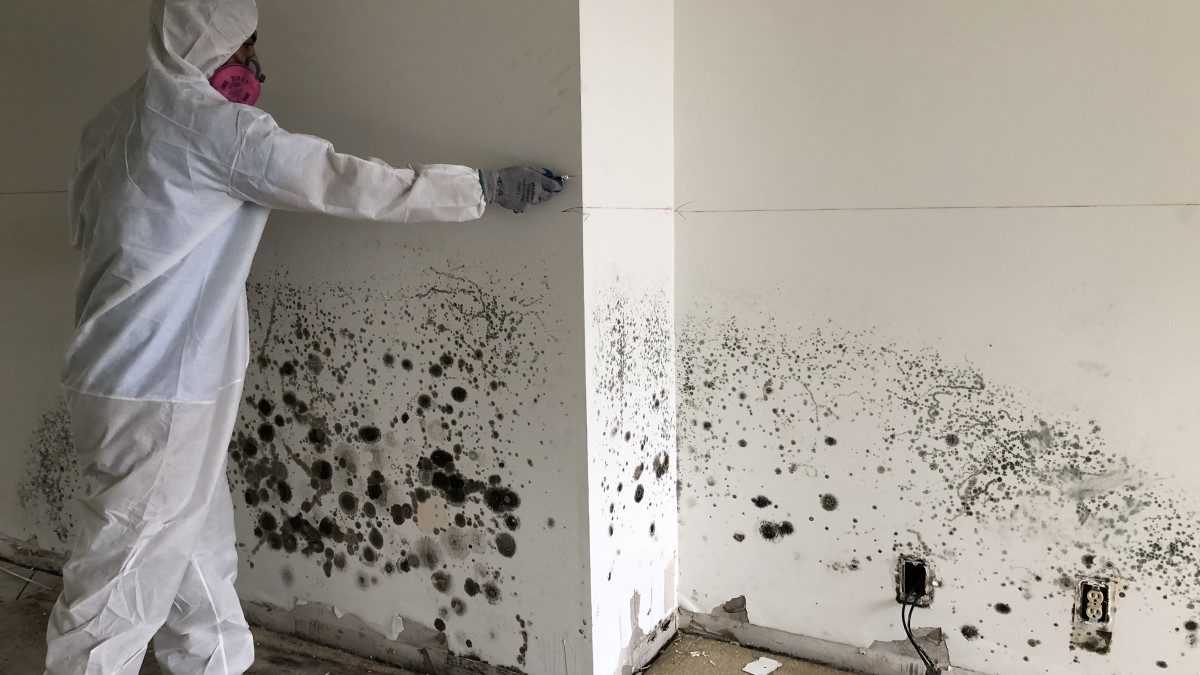




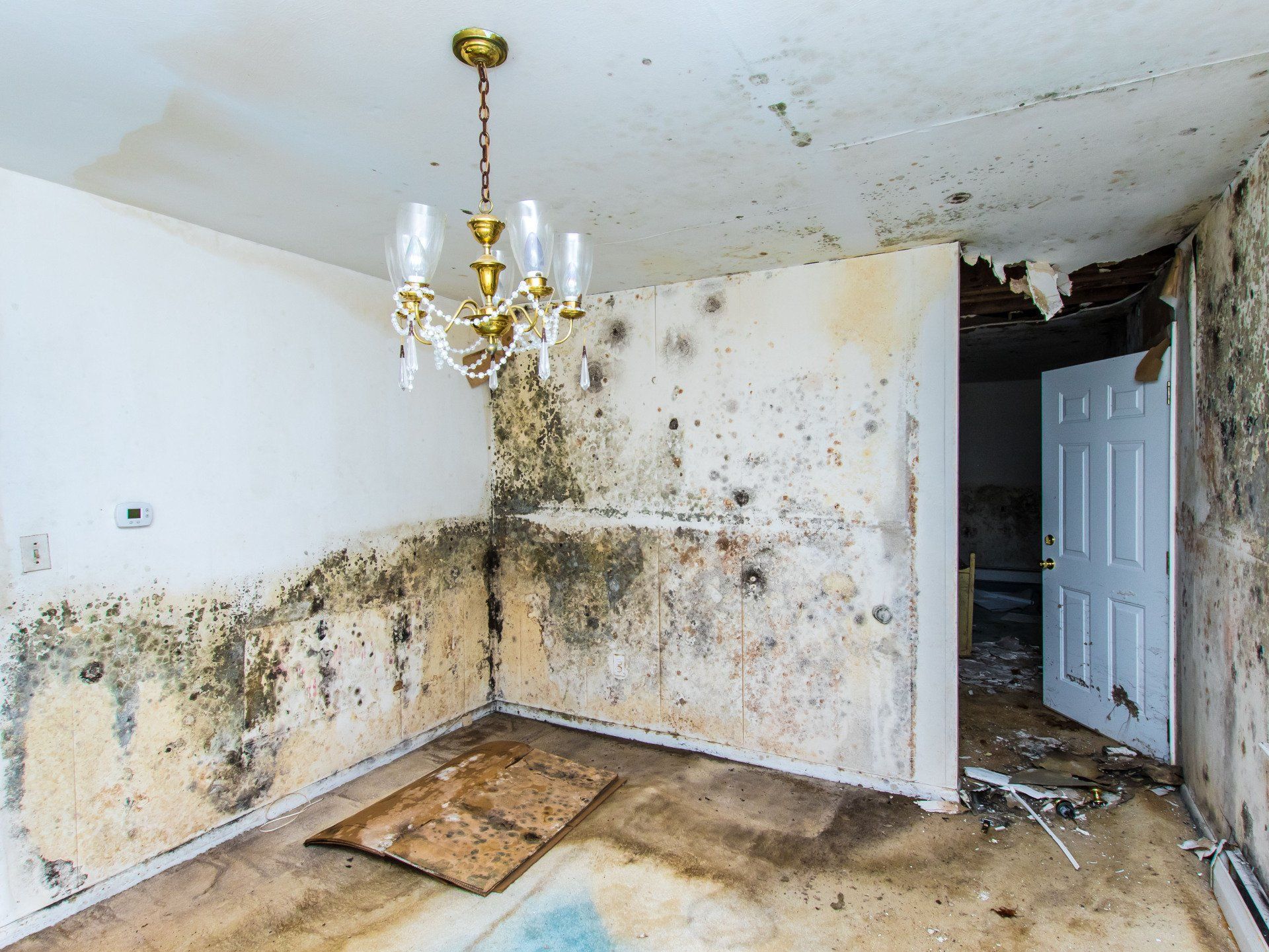
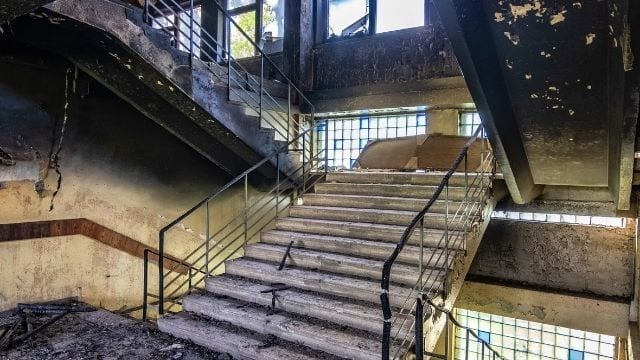



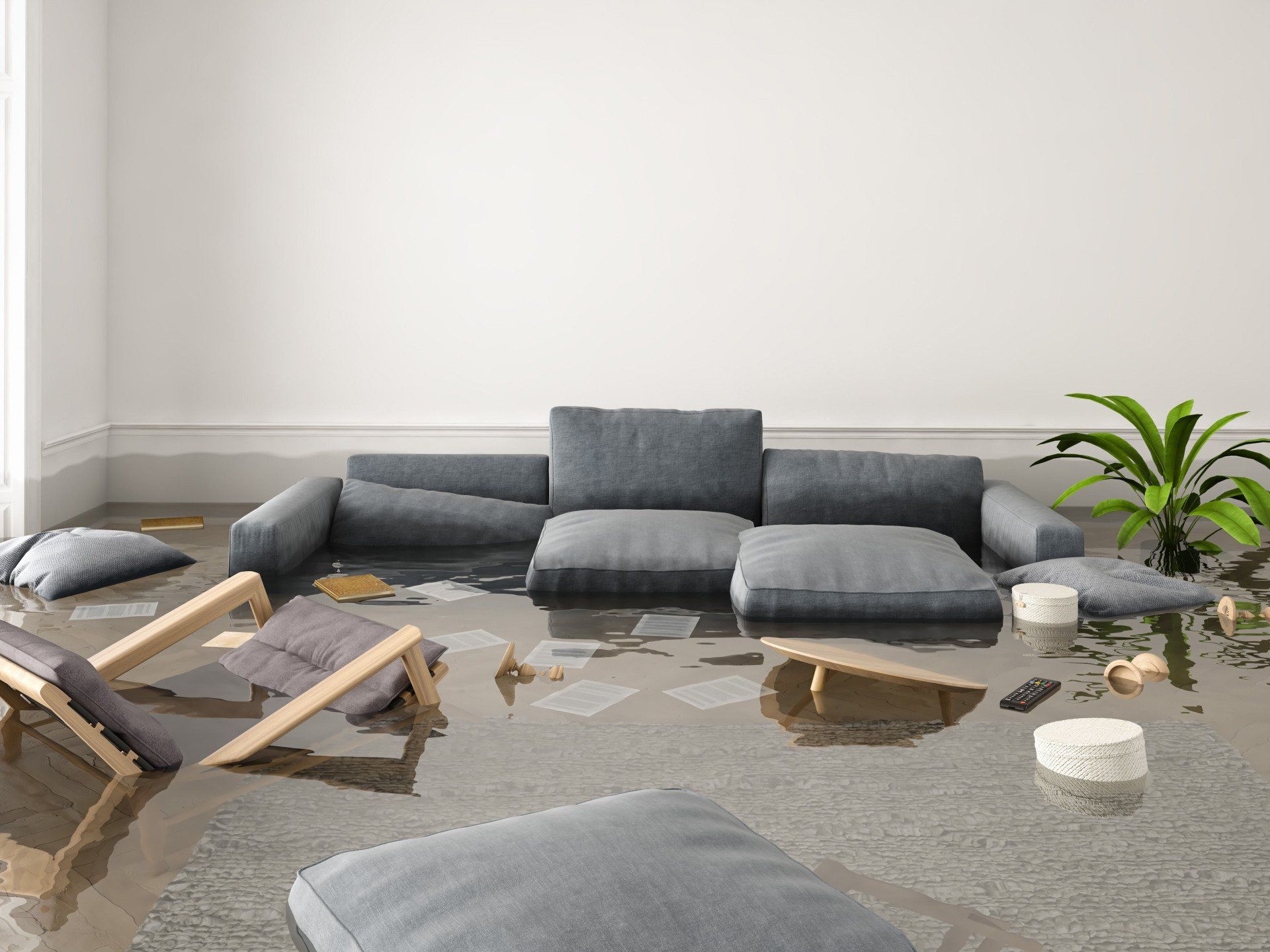
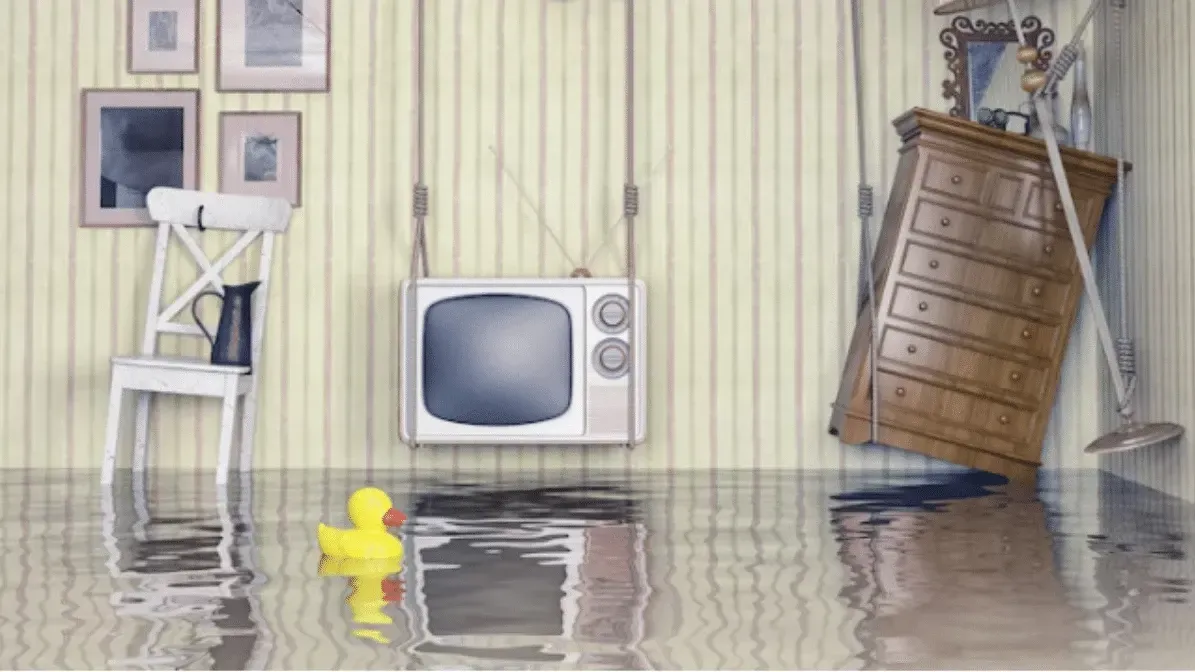
Share On: